Researchers have built the most sophisticated quantum computer yet, signaling progress toward a powerful new way of processing information.
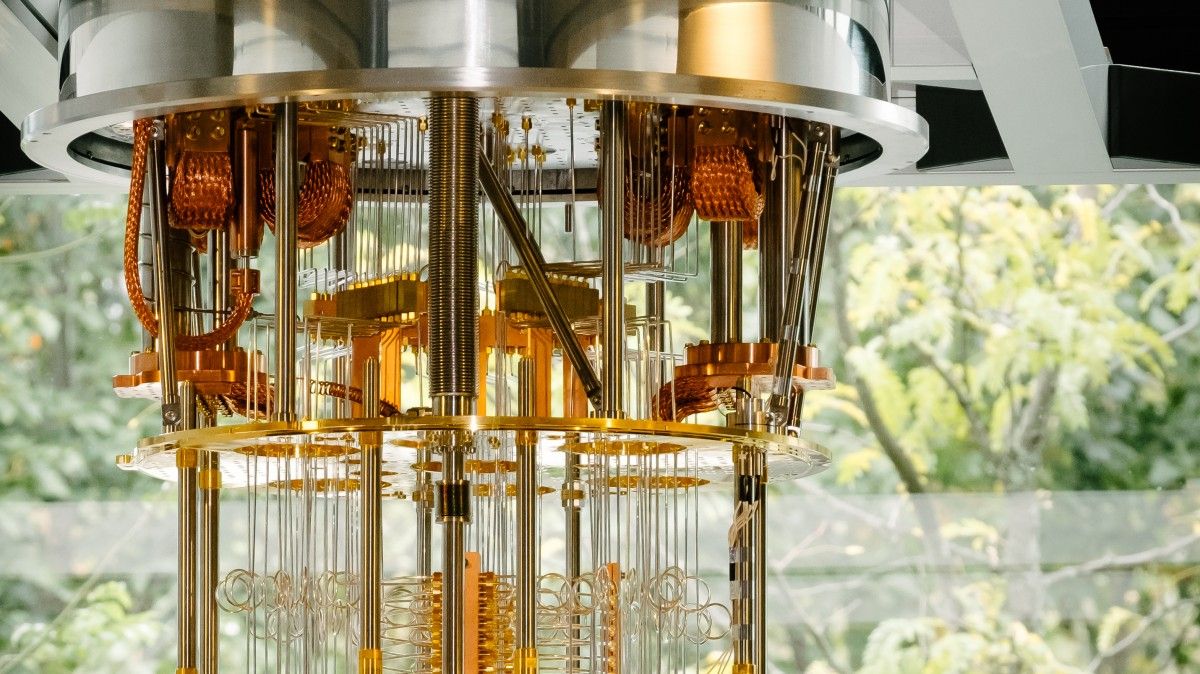

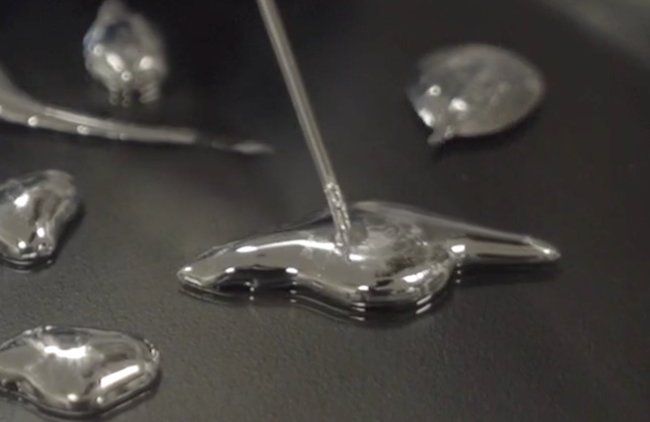
Transistors, those tiny electrical switches that process signals and data, are the brain power behind every electronic device – from laptops and smartphones to your digital thermostat. As they continue to shrink in size, computers have become smaller, more powerful, and more pervasive. However, as we look to build squishy, human-friendly machines that have the look and feel of soft natural organisms, we need to look beyond the rigid materials used to create electrical switches and circuits.
Mechanical engineers Carmel Majidi and James Wissman of the Soft Machines Lab at Carnegie Mellon University have been looking at new ways to create electronics that are not just digitally functional but also soft and deformable. Rather than making circuits from rigid metals like copper or silver, they use a special metal alloy that is liquid at room temperature. This alloy, made by mixing indium and gallium, is a non-toxic alternative to mercury and can be infused in rubber to make circuits that are as soft and elastic as natural skin.
Teaming up with Michael Dickey at North Carolina State University, they recently discovered that liquid metal electronics are not only useful for stretchable circuit wiring but can also be used to make electrical switches. These fluidic transistors work by opening and closing the connection between two liquid metal droplets. When a voltage drop is applied in one direction, the droplets move towards each other and coalesce to form a metallic bridge for conducting electricity. When voltage is applied in a different direction, the droplets spontaneously break apart and turn the switch to open. By quickly alternating between an open and closed and open switch state with only a small amount of voltage, the researchers were able to mimic the properties of a conventional transistor.
We wouldn’t blame you for thinking that Julius Horsthuis spent weeks designing and animating his sci-fi short, Fraktaal, using 3D software. But as the artist reveals, “It so happens that I’m a lazy animator.” So he instead relied on complex mathematical fractal patterns to automatically generate the alien worlds and cities visited in his film.

Understanding the factors that control aging has been one of humanity’s endless pursuits, from the mystical fountain of youth to practical healthful regimens to prolong life expectancy.
A team of scientists at the University of California San Diego has helped decipher the dynamics that control how our cells age, and with it implications for extending human longevity. As described in a study published in the Proceedings of the National Academy of Sciences, a group led by biologist Nan Hao employed a combination of technologies in engineering, computer science and biology to analyze molecular processes that influence aging.
As cells age, damage in their DNA accumulates over time, leading to decay in normal functioning and eventually resulting in death. A natural biochemical process known as “chromatin silencing” helps protect DNA from damage. The silencing process converts specific regions of DNA from a loose, open state into a closed one, thus shielding DNA regions. Among the molecules that promote silencing is a family of proteins—broadly conserved from bacteria to humans—known as sirtuins. In recent years, chemical activators of sirtuins have received much attention and are being marketed as nutraceuticals to aid chromatin silencing in the hopes of slowing the aging process.

A local ABC story on #transhumanism:
NORFOLK, Va. (WVEC) — From the minute we wake up until we go to sleep, we’re constantly surrounded by technology.
Computers, cell phones, iPads, they’ve become ingrained in our everyday lives.
“There are all sorts of technological advances that conceivable could make the world much better for human beings,” said Mark Waser, an artificial intelligence expert.
He believes with the help of technology, life can be even better for all humans.
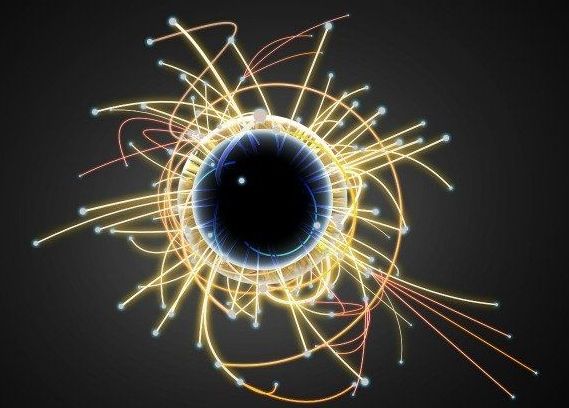
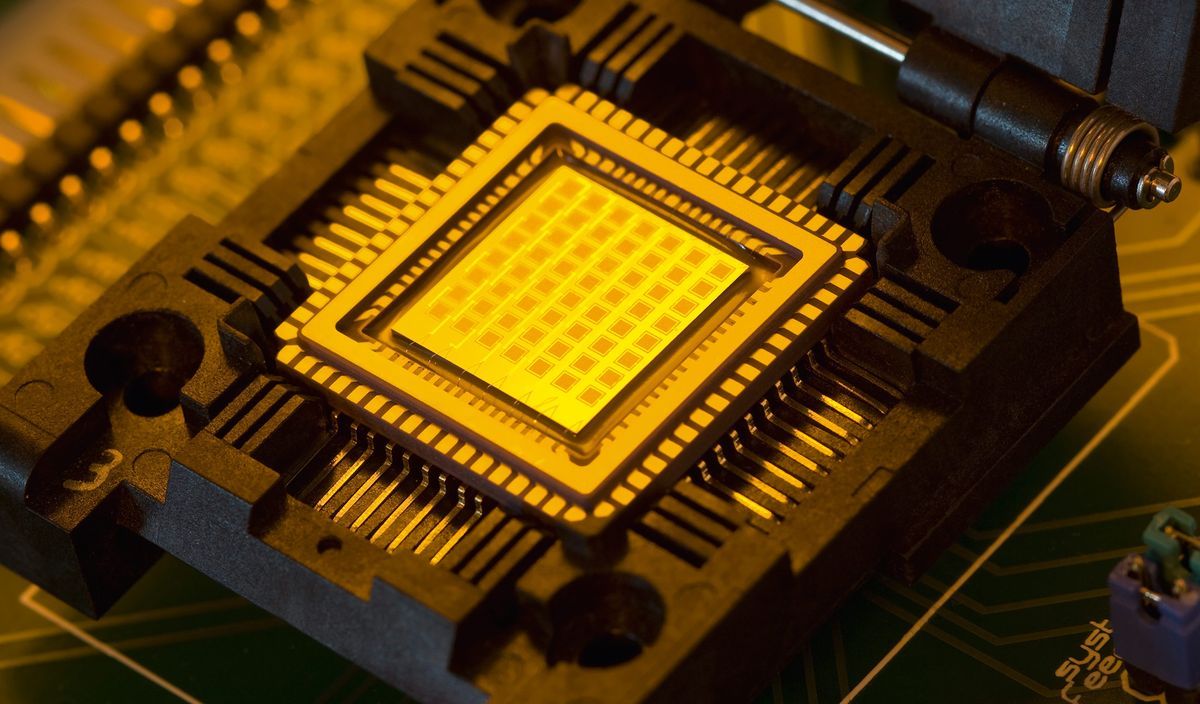
Google unveiled software aimed at making it easier for scientists to use the quantum computers in a move designed to give a boost to the nascent industry.
The software, which is open-source and free to use, could be used by chemists and material scientists to adapt algorithms and equations to run on quantum computers. It comes at a time when Google, IBM, Intel Corp., Microsoft Corp. and D-Wave Systems Inc. are all pushing to create quantum computers that can be used for commercial applications.
Neat!
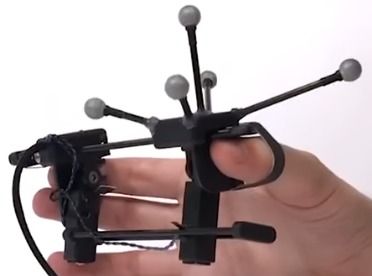
Drawing in air, touchless control of virtual objects, and a modular mobile phone with snap-in sections (for lending to friends, family members, or even strangers) are among the innovative user-interface concepts to be introduced at the 30th ACM User Interface Software and Technology Symposium (UIST 2017) on October 22–25 in Quebec City, Canada.
Here are three concepts to be presented, developed by researchers at Dartmouth College’s human computer interface lab.

D-Wave system shows quantum computers can learn to detect particle signatures in mountains of data, but doesn’t outpace conventional methods — yet.

Researchers from RMIT University in Melbourne, Australia, have used liquid metal to create two-dimensional materials no thicker than a few atoms that have never before been seen in nature.
The incredible breakthrough will not only revolutionise the way we do chemistry but could be applied to enhance data storage and make faster electronics. The “once-in-a-decade” discovery has been published in Science.
The researchers dissolve metals in liquid metal to create very thin oxide layers, which previously did not exist as layered structures and which are easily peeled away.